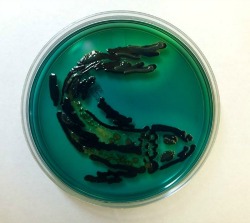Surfing the Web uncovered these news items worth sharing:
- Researchers at the Gladstone Institutes in San Francisco have linked the BRCA1 protein, a product of the BRCA1 gene, to normal learning and memory functions. The new study, published in Nature Communications, demonstrates that Alzheimer’s disease is associated with a depletion of BRCA1 in neurons and that BRCA1 depletion can cause cognitive deficits.
- According to a study led by researchers at King’s College London, survival rates are lower in women with breast cancer treated for depression. The study, published in Psycho-Oncology, analyzed cancer registration and hospital records for 77,173 women in South East England diagnosed with breast cancer between 2000 and 2009.
- Scientists at the University of Toronto used CRISPR to turn off, one by one, nearly 18,000 genes – that is, 90% of the human genome – to identify the “core” 1,500 genes that are essential for cell survival. Read more on their findings in Cell.
- Battling cancer with supercomputers; meet Amanda Randles, Assistant Professor of Biochemical Engineering at Duke University, who is looking into applying her supercomputing expertise with biomedical research. Her next research project involves the stimulation of cancer cells through circulation to predict tumor progression.
- According to a study published in PLOS ONE, pigeons can be trained to spot cancer just as well as human experts. A total of 12 pigeons were observed in 3 experiments.
